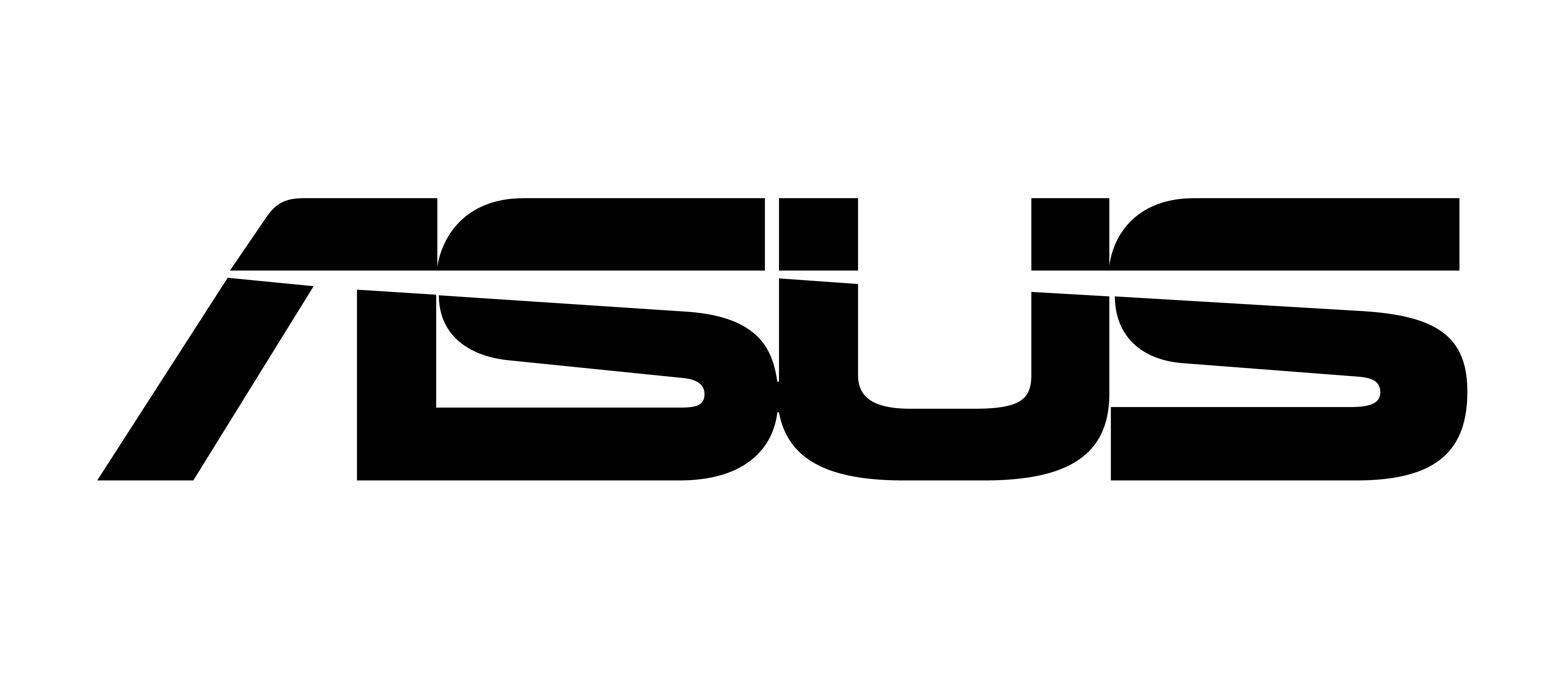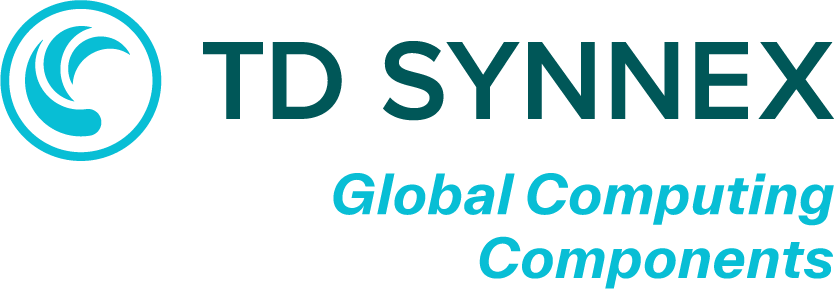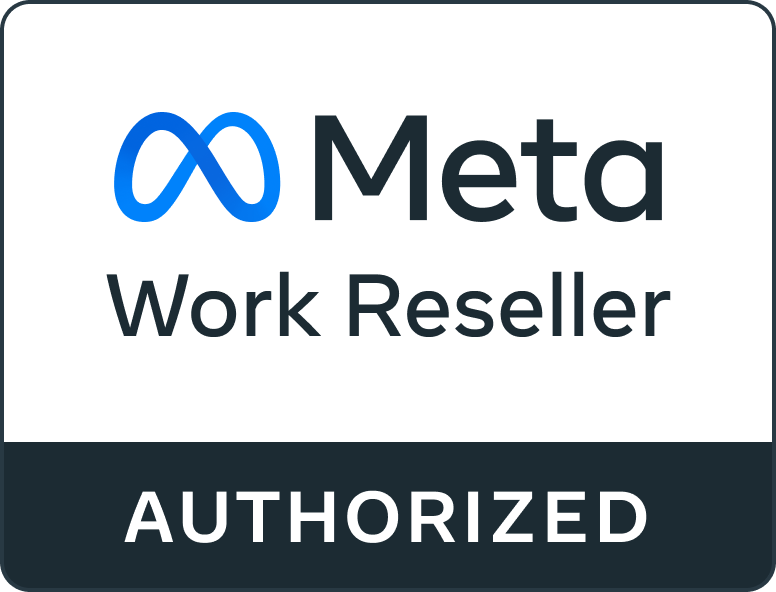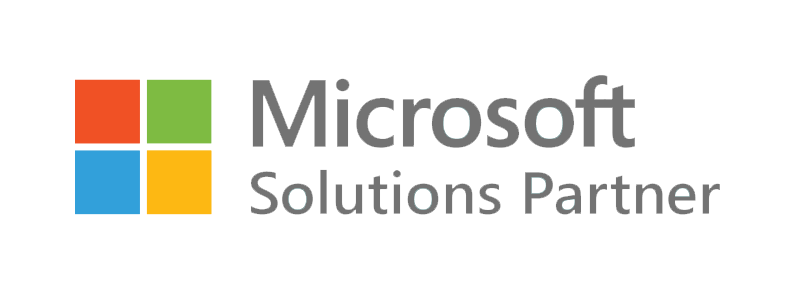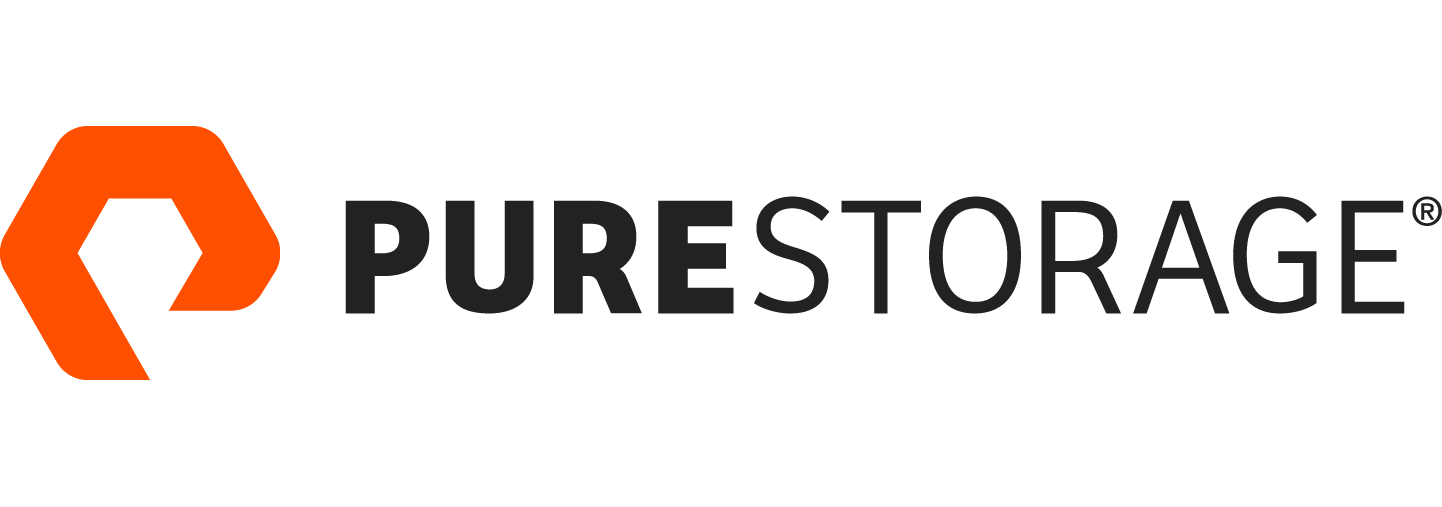Hyper-Converged Infrastructure (HCI) remains a huge growth opportunity for IT resellers. Analysts predict the global market to grow from $7.8 billion in 2020 to $27 billion by 2025₁ with increasing need for data protection and disaster recovery driving the growth.
HCI has provided organisations with simpler and more flexible solutions by combining server and storage resources with intelligent software in a single node, replacing legacy infrastructure consisting of separate servers, networks and storage. The ability to increase new capacity by adding a single node has proved attractive. However, it’s not a one-size fits all solution for everyone. By its very nature HCI is linear in its scalability and isn’t as suitable for workloads that are large and more unpredictable, often with intense demands on a single resource. With HCI, to enable more compute power, you need to add an entire node with additional storage, memory and network resources. Likewise, to add more storage, you must also add compute resources. This linearity can lead to over provisioning of resources which offsets the cost savings that can be obtained through the technology.
To address this issue HPE has launched HCI 2.0, a more robust architecture that solves all HCI’s weaknesses, while maintaining its strengths, bringing together the advantages of both HCI and CI by disaggregating the key components. Referred to as dHCI (disaggregated Hyper-Converged Infrastructure) , the solution enables independent scaling of compute and storage by shipping them as separate nodes. This provides a lower total cost of ownership along with a lower entry cost. For users, it provides less downtime, eliminating bottlenecks in network traffic and no lags in performance.
What’s more, HPE 2.0 reduces complexity by streamlining IT operations with AI-driven predictive analytics. It’s simple to deploy, manage, scale and support. Costly downtime and firefighting are virtually eliminated with 99.9999% availability, along with the benefits of sub-milliseconds latency, built-in data protection and application-level encryption.
HCI 2.0 is built on three HPE products:
• HPE Nimble – Storage that is fast, dense, reliable and secure
• HPE ProLiant – A server family to suit any configuration
• HPE InfoSight – AI-powered management that predicts and prevent data centre problems before they happen.
IDC analysts say a new disaggregated HCI platform is “very attractive to a large portion of the enterprise storage market”₂ In addition, it will also appeal to technology-powered start-ups and small to mid-sized businesses (SMBs) eyeing data-driven growth, as well as customers with an installed base of HPE ProLiant servers.
HCI 2.0 presents a great opportunity for resellers to take advantage of a growing HCI market with an even more compelling proposition for organisations that’s five times more efficient, ten times faster and five times more reliable than the market leading competitor₃.
TD SYNNEX is the only distributor in EMEA to have stock. Contact your account manager now to find out more.
₁ ResearchAndMarkets
₂ “HPE Introduces a New Disaggregated HCI Architecture with HPE Nimble Storage dHCI”, IDC White Paper by Eric Burgener, October 2019.
₃ According to HP internal testing
Take a look at our other blog posts

